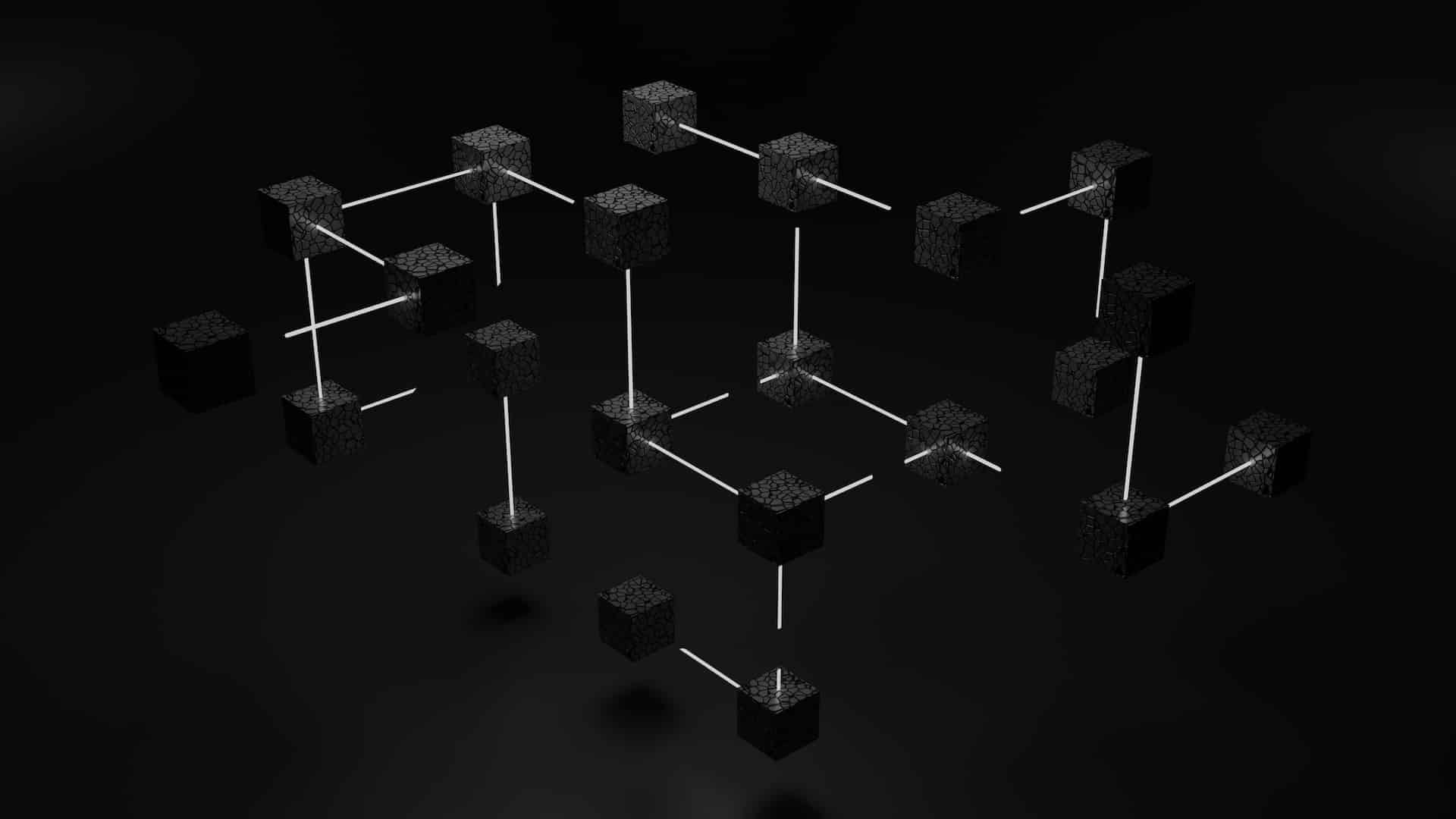Modular blockchains present a more flexible and scalable option than monolithic blockchains by using a multi-layered framework with different chains handling different functions.
Posted January 25, 2024 at 7:45 am EST.
Modular blockchains present a more flexible and scalable option than traditional blockchain models. Unlike the traditional blockchain design (monolithic blockchain), where a single chain handles all responsibilities, modular blockchains divide core tasks, focus on one task, and delegate others to external chains.
This guide explains modular blockchains and how they work, explores their pros and cons, and cites some examples.
What Are Modular Blockchains?
Modular blockchains are a new type of blockchain architecture where various components, like consensus, data availability, and execution, are separated into distinct layers. This modular approach allows for greater scalability and efficiency, as each module handles a specific function independently.
By decoupling these components, modular blockchains can achieve higher throughput and flexibility than traditional, monolithic blockchains, where all processes occur on a single chain.
The goal behind the introduction of modular blockchains is to provide a more effective, affordable, secure, and scalable system than what is currently available. Ultimately, the aim is to attract more users and developers to blockchain ecosystems.
How Do Modular Blockchains Work?
Modular chains work by separating core tasks by their functionality. Specific tasks get assigned to multiple (external) blockchains with use case specialization.
Blockchains typically specialize in four primary functions:
- Execution: This relates to transaction processing. It processes the transactions lodged by users and is the outcome of your transaction.
- Settlement: This functionality secures the destination of the transaction. Approved or settled transactions are regarded as final.
- Consensus: Responsible for validating the authenticity of transactions. It determines the order of transactions and selects the validators for processing.
- Data availability: This deals with transaction data (public) storage. It enables blockchain transparency by providing all the data needed to recreate a transaction’s history and verify the current state – thus legitimizing the transaction.
Instead of the same set of machines performing the different core functions above, with modular blockchains, the tasks are distributed, optimizing the layers for specific duties. This also allows for the creation of combinations of layers that perform optimally for their particular use or focus.
Modular vs. Monolithic Blockchains
Unlike modular blockchains, which separate primary blockchain tasks (execution, settlement, consensus, and data availability) based on their function, monolithic chains combine all the functions. In other words, with monolithic blockchains, one set of validators handles all these tasks.
The main downside to the monolithic design approach is scalability constraints. The design limits the number of individuals who can run a validator as computing requirements shoot up with network usage.
Examples of Modular Blockchains
Here are some examples of modular blockchains.
Celestia
Celestia is the first modular blockchain for consensus and data availability. The two layers are separate from Celestia’s execution layer. Celestia orders and publishes transactions but does not execute them. The mainnet launched in October 2023.
Cosmos
Cosmos is another pluggable module designed to help developers build blockchains with three modular tools. The blockchains link to Cosmos but remain independent.
Pros and Cons of Modular Blockchains
Let’s now dive into the upsides and downsides of modular blockchains.
Pros
- Scalability: By splitting tasks, the modular design offers a more customizable and scalable system than monolithic blockchains. Moreover, it doesn’t hamper security or reduce decentralization.
- Affordability: Modular blockchains allow for lower costs and faster development and launch of new chains.
- Security: Modular blockchains are relatively more secure. Ensuring the system’s security is easier because developers can independently assess and test blockchain components.
- Innovation: They may facilitate the creation of innovative applications, thereby driving blockchain adoption and growth. Simply put, developers can easily build unique and valuable applications because they can develop each component independently.
- Flexibility: You can change a modular blockchain’s functionality anytime by adding, removing, or swapping the different elements. This allows for higher flexibility. For instance, developers can build different applications atop the blockchain, facilitating a higher level of customization.
Cons
- Increased complexity: Because developers can swap or customize various blockchain modules, the overall system is potentially overly complex. For users, understanding the modular blockchain technology becomes more difficult. Developers might find it more challenging to build new applications on top of the blockchain, too.
- Usability testing: Unlike monolithic blockchains, modular network capabilities have not undergone extensive testing.
- Security: Authenticating fraud and validity proofs to ensure correct computation on other layers might pose a challenge. Furthermore, developers must proceed cautiously because modular blockchain security depends on the underlying layers. If one layer fails, the system might be compromised.
Final Word
Modular blockchains focus on one or two core functions, leaving the rest to other chains. This approach increases scalability – think order magnitude – and boosts performance. By optimizing each layer for specific functions, modular blockchains enhance overall efficiency.
As blockchain technology continues to evolve and businesses increasingly adopt it, its ability to scale is vital in meeting the escalating demand. Given their invaluable benefits, modular blockchains might play a significant role in the future of blockchain.

